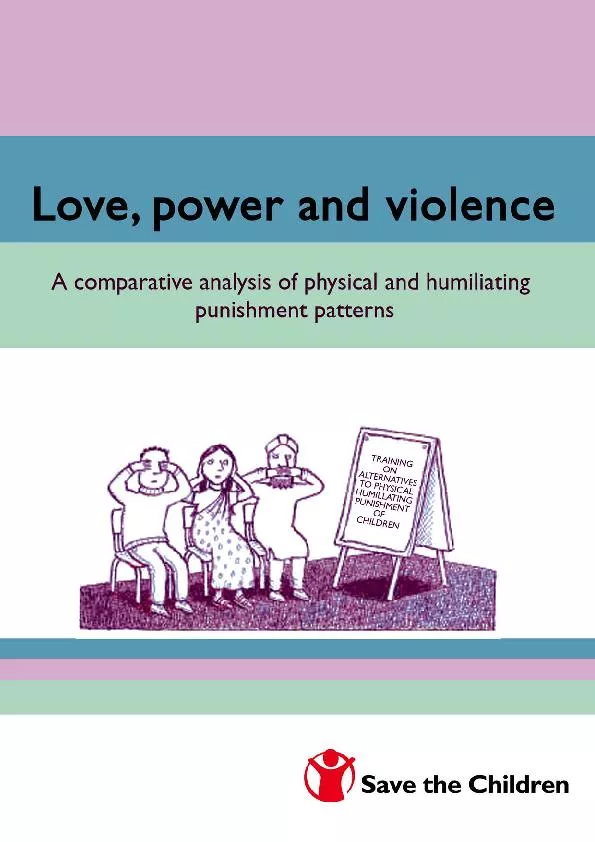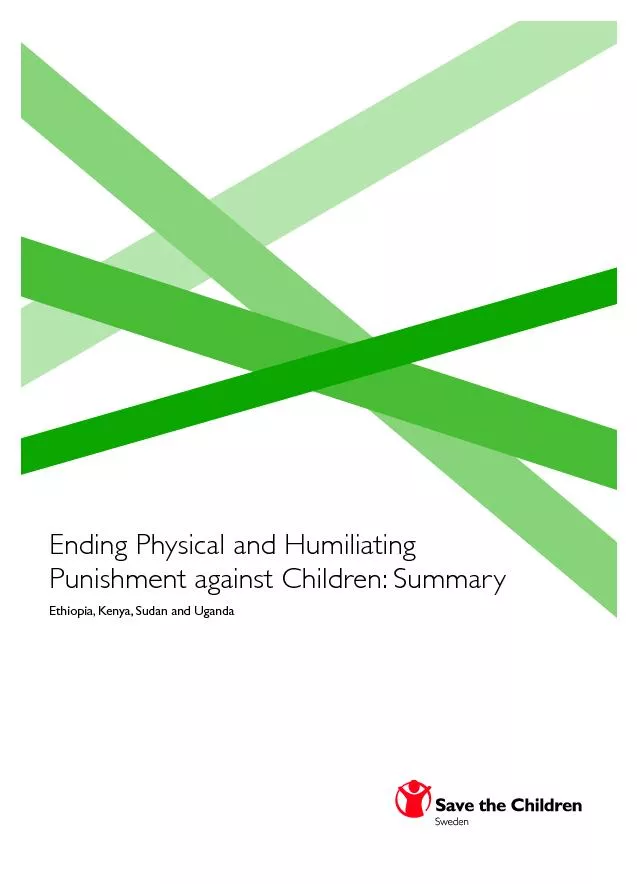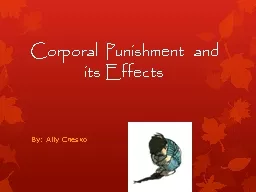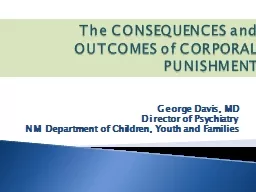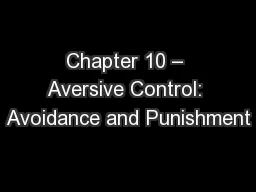PDF-A comparative analysis of physical and psychological punishment patter
Author : yoshiko-marsland | Published Date : 2016-04-25
2 A Save the Children Spain Jessica Save the A comparative analysis of physical and psychological punishment patterns Children are physically and humiliatingly punished
Presentation Embed Code
Download Presentation
Download Presentation The PPT/PDF document "A comparative analysis of physical and p..." is the property of its rightful owner. Permission is granted to download and print the materials on this website for personal, non-commercial use only, and to display it on your personal computer provided you do not modify the materials and that you retain all copyright notices contained in the materials. By downloading content from our website, you accept the terms of this agreement.
A comparative analysis of physical and psychological punishment patter: Transcript
Download Rules Of Document
"A comparative analysis of physical and psychological punishment patter"The content belongs to its owner. You may download and print it for personal use, without modification, and keep all copyright notices. By downloading, you agree to these terms.
Related Documents

